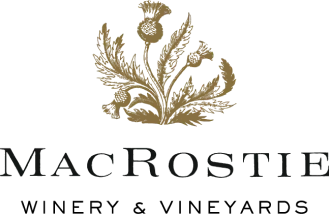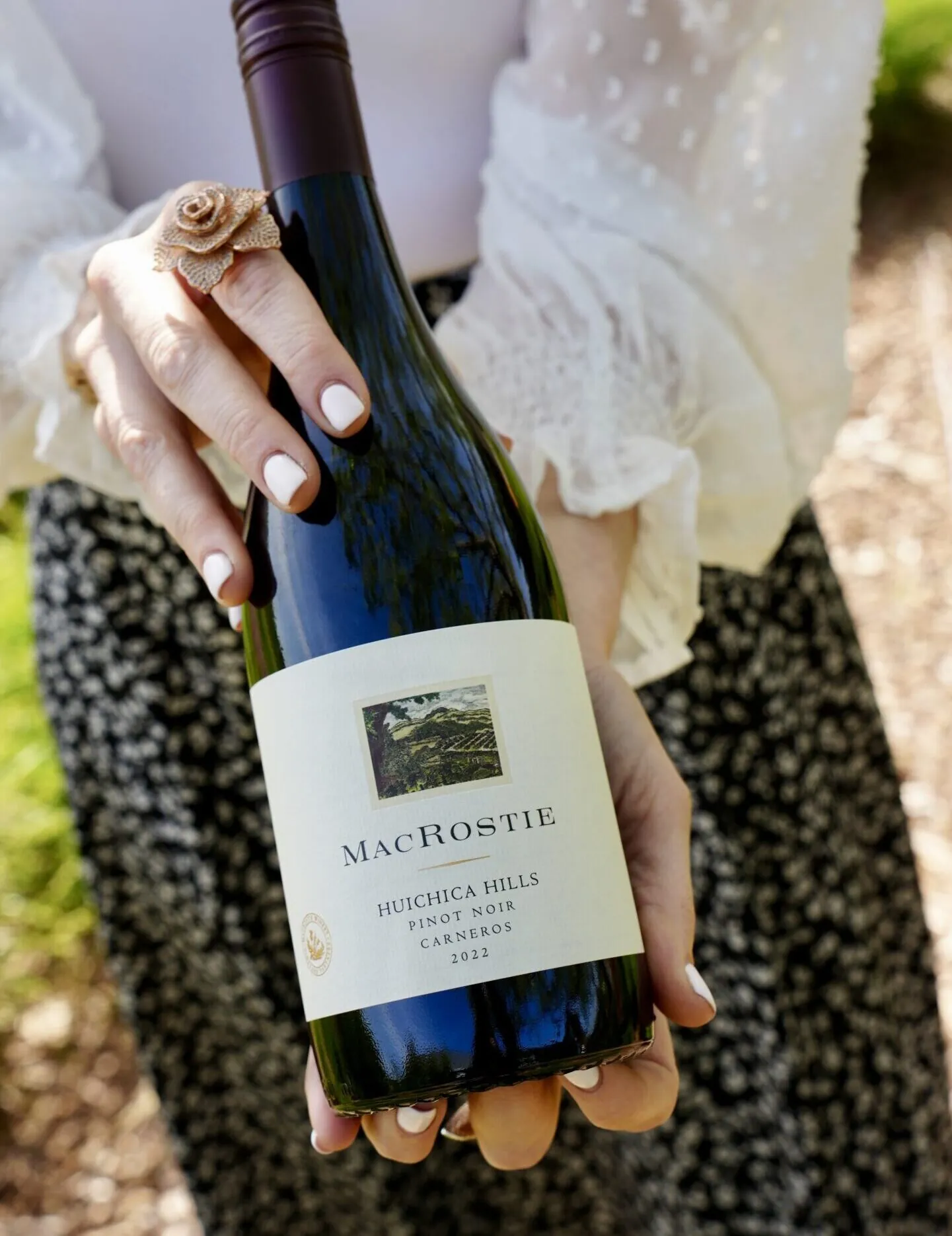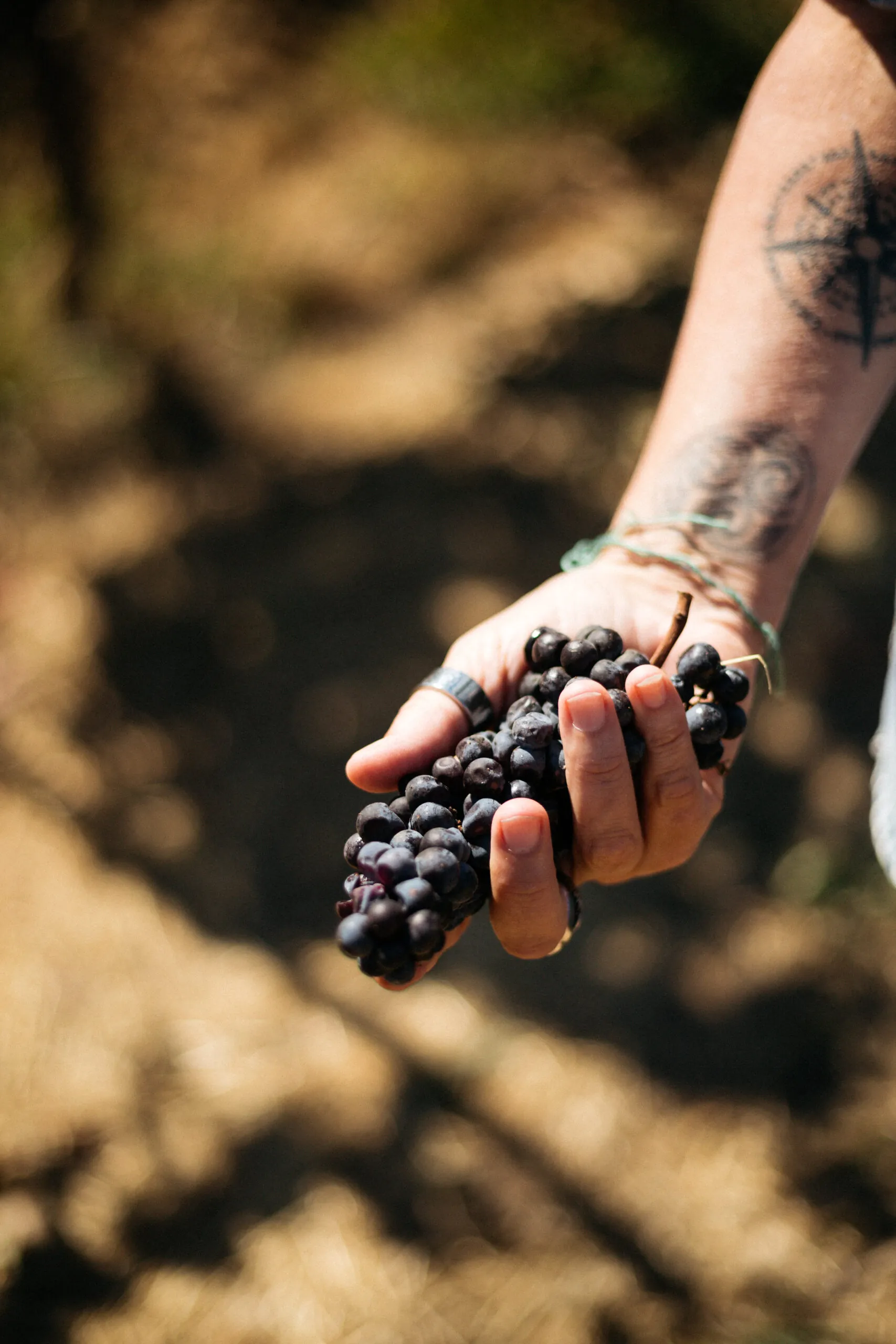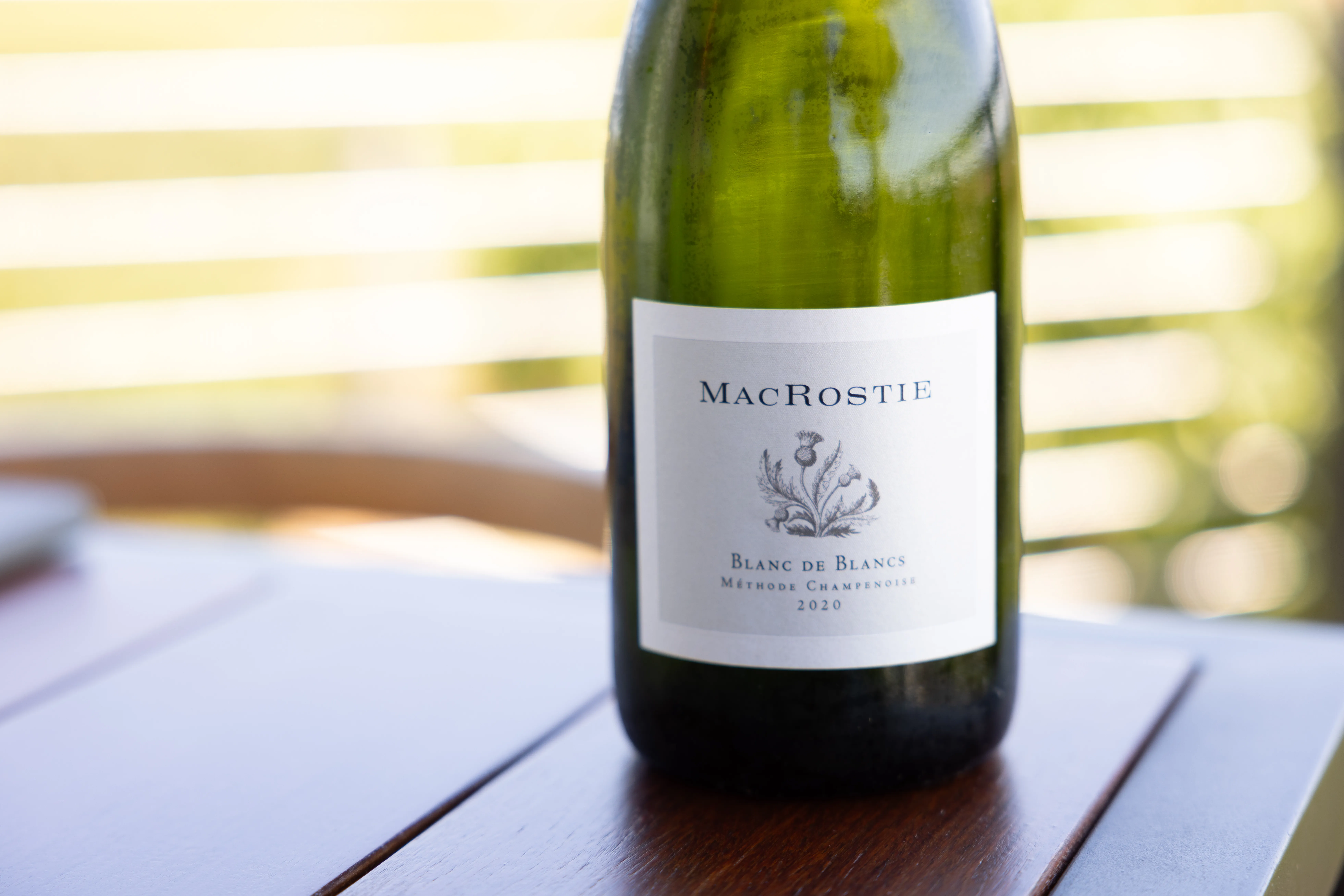For lovers of world-class, cool-climate Pinot Noir, the last few decades have been a Golden Age in California. As new appellations have emerged, and vineyards have been planted using the finest modern clones and viticultural techniques, our Vineyard Partner program has grown from our roots in the Russian River Valley and Sonoma Coast to Carneros, Fort Ross-Seaview, Redwood Valley, Santa Lucia Highlands, Sta. Rita Hills, the Petaluma Gap, and Mendocino County’s acclaimed Anderson Valley.
With the release of our highly anticipated 2020 Anderson Valley Pinot Noir and our single-vineyard 2020 Day Ranch Pinot Noir, it’s a fitting time to share some of the reasons we have fallen under the spell of Anderson Valley. Located 110 miles northwest of San Francisco, the Anderson Valley was settled by Walter Anderson in the 1850s, and by the 1890s, Italian immigrants were planting the first vineyards in the region, mostly for home winemaking. It wasn’t until the 1960s that the first few commercial wineries were established, and most of those focused on Alsatian white varietals like Gewürztraminer, or Chardonnay for sparkling wine. While these varieties still thrive in the region, it has been the boom in Pinot Noir plantings over the past three decades that have catapulted the Anderson Valley to global fame as one of America’s great wine regions.
The Anderson Valley, which is only 15 miles long and a few miles wide, generally follows the path of the Navarro River. While the Anderson Valley is already one of the very coolest appellations in California, it gets even cooler in the northwestern edge of the valley, which is called the ‘Deep End.’ Just a few miles from the Pacific, the ‘Deep End’ is cold, wild, and perfect for Pinot Noir. It is also the home of the renowned Day Ranch—our favorite vineyard in the region. Formerly an apple orchard, Day Ranch was planted to grapes in the mid-1970s. Located on an alluvial terrace that abuts a mountainside, the site includes highland meadows, plateaus, and multiple river tributaries, along with weathered sandstone and shale soils.
It is an incredible site for both Pinot Noir and Chardonnay, and one of the most distinctive terroirs we work with. The Chardonnay from Day Ranch offers shimmering citrus flavors with nuances of white flowers and pineapple, while the 2020 Day Ranch Pinot Noir displays mesmerizing layers of cola, spice, dried Jamaican flowers, black plum, and blueberry, as well as sophisticated umami flavors of leather, pennyroyal, and truffles that reflect the wild, rustic character of the valley. The complexity of this wine is driven both by the remarkable character of the site and the three clones we worked with in 2020. These include the Dijon 115 and 667 clones, and Clone 91—a little-known Pommard clone that does beautifully at Day Ranch.
In part because of its relative remoteness, visiting Anderson Valley for a weekend is a delight. For those who remember wine tasting in Napa Valley during the ‘70s, or Sonoma County in the ‘80s, the Anderson Valley feels old school in all the right ways—approachable, uncrowded, and very down to earth. Home to vineyards, magnificent redwood forests, and the majestic Mendocino Coast, it is a region that is every bit as unique and beautiful as the world-class wines it produces.









